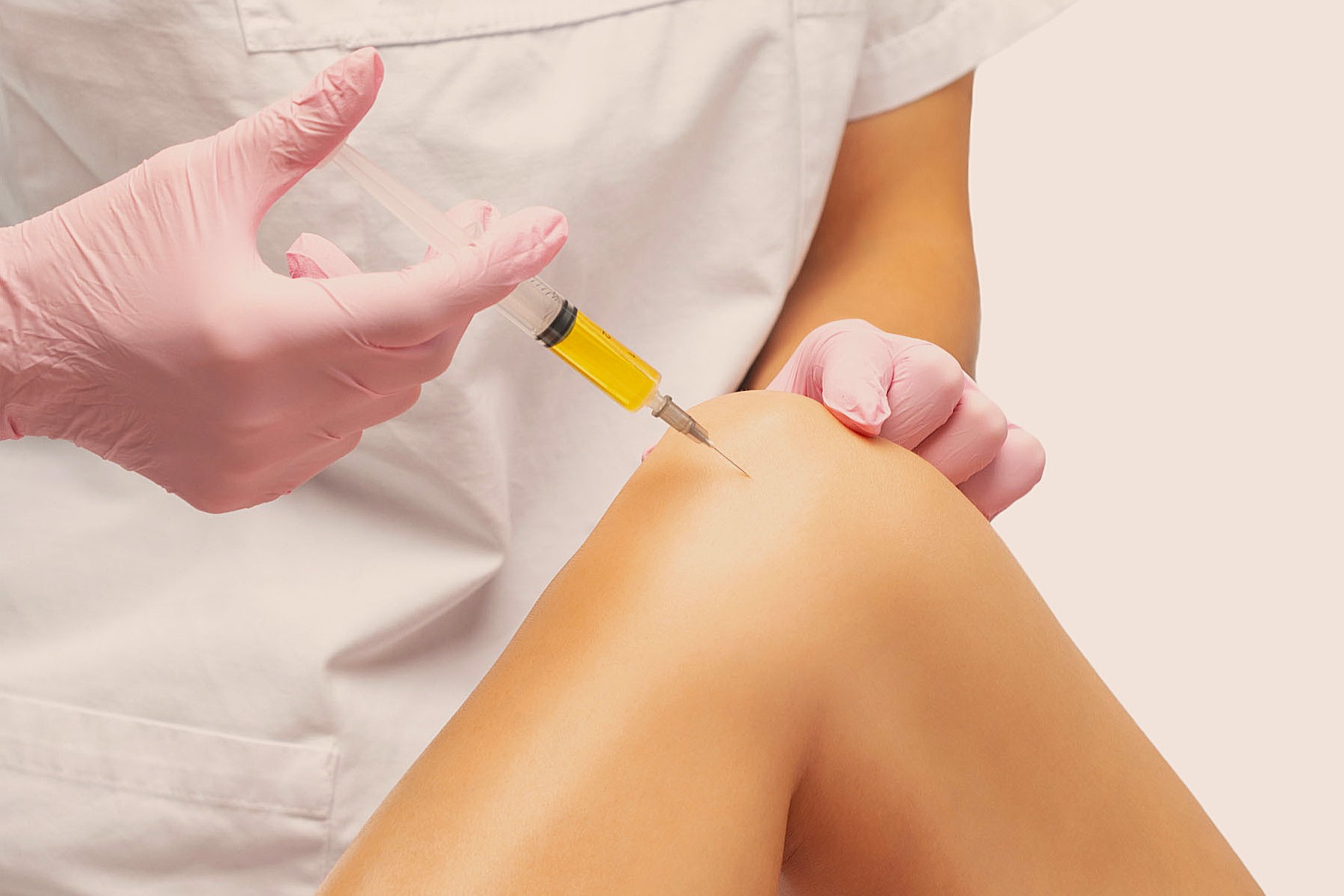
What is Platelet-Rich Plasma (PRP)? Platelet-Rich Plasma (PRP) is a cutting-edge medical treatment that uses a patient's own blood to promote healing and tissue regeneration. This therapy involves drawing a small amount of blood, processing it to concentrate the platelets, and then injecting the concentrated platelets into the injured area. PRP has gained popularity in recent years for its potential to treat various conditions, including sports injuries, arthritis, and even hair loss. Athletes, celebrities, and everyday people alike are turning to this natural treatment to speed up recovery and improve overall health. Curious about how PRP works and what benefits it offers? Read on to uncover 24 fascinating facts about this innovative therapy.
Key Takeaways:
- PRP therapy uses a patient's own blood to speed up healing, making it a natural and effective treatment for sports injuries, skin issues, and orthopedic conditions. It's like giving your body a superhero boost to heal faster!
- PRP therapy has many benefits, like reducing inflammation, promoting hair growth, and aiding in bone healing. However, it's important to consider potential risks and costs before deciding if it's the right treatment for you.
What is Platelet-Rich Plasma (PRP)?
Platelet-Rich Plasma (PRP) therapy is a medical treatment that uses a patient's own blood to promote healing. This technique has gained popularity in various fields, including sports medicine, dermatology, and orthopedics. Let's dive into some fascinating facts about PRP.
-
PRP is derived from blood. Blood is drawn from the patient and then spun in a centrifuge to separate the plasma from other blood components.
-
High concentration of platelets. PRP contains a higher concentration of platelets than normal blood, which helps in faster healing.
-
Growth factors galore. Platelets release growth factors that aid in tissue repair and regeneration.
-
Used in sports injuries. Athletes often use PRP to speed up recovery from injuries like tendonitis and ligament sprains.
How is PRP Therapy Performed?
Understanding the procedure can demystify PRP therapy. The process is straightforward but involves several steps to ensure effectiveness.
-
Blood draw. A small amount of blood is drawn from the patient, usually from the arm.
-
Centrifugation. The blood is placed in a centrifuge, which spins it at high speeds to separate the plasma.
-
Extraction. The concentrated platelets are extracted from the plasma.
-
Injection. The PRP is then injected into the injured area or treatment site.
Benefits of PRP Therapy
PRP therapy offers numerous benefits, making it a popular choice for various treatments. Here are some key advantages.
-
Natural treatment. Since PRP uses the patient's own blood, the risk of allergic reactions or infections is minimal.
-
Speeds up healing. The high concentration of growth factors accelerates the healing process.
-
Reduces inflammation. PRP can help reduce inflammation in injured tissues.
-
Minimally invasive. The procedure involves injections, making it less invasive than surgical options.
PRP in Dermatology
PRP has found a significant place in dermatology, offering solutions for various skin issues. Here are some ways it is used.
-
Hair loss treatment. PRP is used to stimulate hair growth in individuals experiencing hair loss.
-
Skin rejuvenation. It helps in reducing wrinkles and improving skin texture.
-
Acne scars. PRP can improve the appearance of acne scars by promoting collagen production.
-
Wound healing. It accelerates the healing of chronic wounds and ulcers.
PRP in Orthopedics
Orthopedic treatments have also embraced PRP for its healing properties. Here are some orthopedic applications.
-
Joint pain relief. PRP is used to treat joint pain, especially in conditions like osteoarthritis.
-
Tendon injuries. It helps in the healing of tendon injuries such as Achilles tendonitis.
-
Ligament injuries. PRP can aid in the recovery of ligament injuries, including ACL tears.
-
Bone healing. It promotes bone healing in fractures and surgical repairs.
Risks and Considerations
While PRP therapy offers many benefits, it is essential to be aware of potential risks and considerations.
-
Pain at injection site. Some patients may experience pain or discomfort at the injection site.
-
Infection risk. Although rare, there is a slight risk of infection.
-
Not a cure-all. PRP is not effective for all conditions and may not work for everyone.
-
Cost. PRP therapy can be expensive, and insurance may not cover it.
PRP therapy continues to evolve, offering promising treatments across various medical fields. Understanding these facts can help you make informed decisions about its potential benefits and limitations.
Final Thoughts on PRP
Platelet-Rich Plasma (PRP) therapy has gained traction for its potential in healing and rejuvenation. From treating sports injuries to promoting hair growth, PRP offers a range of benefits. The process involves drawing a small amount of blood, separating the platelets, and injecting the concentrated plasma into the affected area. This stimulates the body's natural healing process. While PRP shows promise, it's not a one-size-fits-all solution. Results can vary, and more research is needed to fully understand its long-term effects. Always consult a healthcare professional before starting any new treatment. PRP might not be covered by insurance, so consider the costs. Despite these considerations, many find PRP to be a valuable option for enhancing recovery and overall well-being. Keep these facts in mind when exploring PRP as a treatment option.
Frequently Asked Questions
Was this page helpful?
Our commitment to delivering trustworthy and engaging content is at the heart of what we do. Each fact on our site is contributed by real users like you, bringing a wealth of diverse insights and information. To ensure the highest standards of accuracy and reliability, our dedicated editors meticulously review each submission. This process guarantees that the facts we share are not only fascinating but also credible. Trust in our commitment to quality and authenticity as you explore and learn with us.


